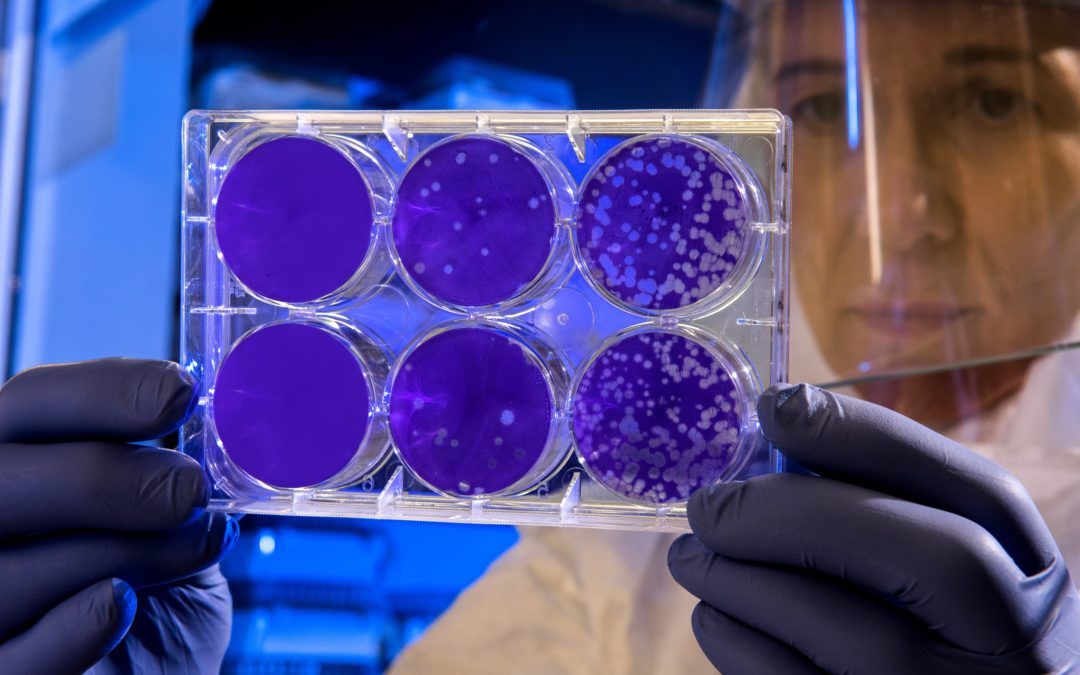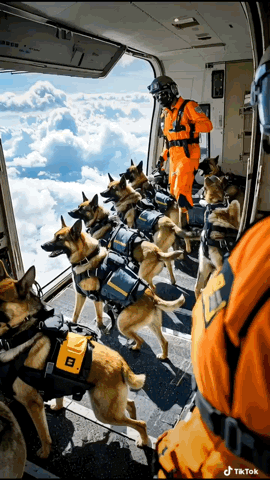Understanding Coronavirus Threat And How It Compares To Past Pandemics Through History.
By Aditi Maheshwari | Started by eating pangolins, bats or consuming animals in some fashion.

Disease outbreaks are nature’s way of highlighting the deeper concerns. Human nature is to take for granted what is easily available, which often results in reckless behavior patterns.
The Covid19 Pandemic has made us all realize what we were not paying attention to! The Hygiene factor also plays a great role when it comes to contracting diseases.
But what we also need to pay attention is the human treatment towards species other than humans. If we reflect back on history, we’ll find the following:
E.Coli
Started during the slaughtering process when it was recovered from the feces of 10 beef cattle during pasture grazing and feedlot finishing and from hides, carcasses, and ground beef. E. coli is not limited to meat.
Unpasteurized milk, apple cider, ham, turkey, chicken, roast beef, sandwich meats, raw vegetables, fruits, cheese and contaminated water, are susceptible to E. coli contamination and if improperly composted cattle manure is used as a fertilizer it increases the risk of spread of E.Coli.
HIV
It’s believed that SIVcpz was transferred to humans as a result of chimps being killed and eaten, or their blood getting into cuts or wounds on people in the course of hunting
· Salmonella- a pathogen found in chicken carcasses, eggs, and egg products. The emergence of S. enteritidis as a public health problem may be the result of modern
poultry farming practices and of a decline in the genetic diversity of domestic fowl.
· Influenza- close contact between livestock and people creates an opportunity for mutation and transmission of viruses.
· Smallpox- caused by infection with the variola virus.
vCJD
Caused by the consumption of prion-contaminated meat from BSE-affected cattle. Prion diseases are not restricted to a particular species and are easily transmissible from animals to humans.
Avian flu
Humans contributed to modern avian influenza virus ecology by practicing the following: integrated indoor commercial poultry, range-raised commercial poultry, live poultry markets, backyard and hobby flocks, and bird collection and trading systems including cockfighting.
Ebola
Started by eating bats. The virus spreads through direct contact with body fluids, such as blood from infected humans or other animals.
Covid19
Started by eating pangolins, bats or consuming animals in some fashion.
It’s time we stop our dominion on other species and share the planet in equality with other fellow species. We may feel we are superior than other species but we are not. We simply need to adopt a sense of responsibility and act accordingly.
Threat Of Avian Influenza
The recent mysterious death of lakhs of poultry birds and migratory birds has led to determine the cause of such death resulting in acknowledgement of the Avian influenza Type A viruses. Several outbreaks of Avian influenza have also been reported across the globe by end of 2020.
Several European countries have witnessed outbreaks of highly pathogenic avian influenza (HPAI) viruses, mostly in birds including poultry and captive birds in mid-October.
The threat of avian influenza commonly known as bird flu has recently been spotted in various parts of India too like among wild geese in Himachal Pradesh, crows in Rajasthan, Madhya Pradesh and ducks in Kerala.
Symptoms and Treatment of Avian Influenza
Avian Influenza in birds infects the gut. Flocks are to be isolated from outside birds, especially wild birds and their waste. Also, birds from slaughter houses should not be returned back to farms.
Isolating a particular case can help to prevent spread. In Germany 29,000 chickens were killed to stop the spread of H5N8.
In human’s though rare, avian influenza affects the respiratory track and may cause severe illnesses such as pneumonia or acute respiratory distress syndrome (ARDS). Its early symptoms include fever, cough, sore throat and sometimes abdominal pain and diarrhea.
People in the trade of animal and animal produce must make use of personal protective equipment’s including aprons, vented safety goggles, gloves, boot covers, head covers, etc. which will help improve the
prospects of survival in humans by eliminating the risk. In US, the FDA approved a vaccine for the H5N1 virus in 2007.
Prevention
Poultry farm workers, animal control workers, wildlife biologists, ornithologists, and other animal care employees and people who come in close contact with birds are at high risk of getting infected by avian influenza.
Biosecurity is important in order to minimize the risk of transmission of infectious disease. Organizations involved in activities concerning animals and bird studies or those involving high risk workers should prepare a contingency plan to deal with such crisis.
Proper reporting will help spread awareness and also lead to isolating active positive cases to help reduce the spread of the novel influenza.
Timely communication of developing symptoms and potentially contaminated materials can help procure the needed vaccines within appropriate time. Antiviral drugs like oseltamivir, improves the prospects of survival in humans according to the Union Health Ministry.
There should be awareness programs conducted via electronic media giving knowledge and guidance so that the layman can take preventive measures at individual and organizational levels.
Vaccines have been formulated against many avian H5N1 influenza verities. However, their supply being short is still a concern. Also, strategic measures need to be employed in order to safeguard the side effects of bird flu.
Strengthening the early warning system is one of the preventive measures of wide spread of such viruses.
Safety measures such as use of personal protective equipment (PPE), a powered air purifying respirator (PAPR) with helmet or face shield should help reduce opportunities of infection, protecting the eyes, nose, mouth, and hands is important because these are the most common ways for viruses to enter the body and thus such protection act as a controlling medium.
Containing or delaying the spread at source either by isolating the positive case or by culling a specific no. of birds or ducks, who are deemed to be infected, etc. can help restrict the spread of the novel influenza.
Conducting research to develop better response mechanism is an appreciative approach to handle such crisis. Leveraging on our strengths and equipping to better handle the pain points or weakness can prove to be a boon.
Economies should now be prepared to fund the research needed to study such epidemics. They should also plan a contingency fund with sufficient resources to handle such crisis.
Moreover, those who’s business has been affected or will be affected such as poultry farmers must be provided relief financially along with health protection measures.
The way people have collectively responded to the novel Covid19 pandemic in a self-restrictive yet effective way, without being ready for such a global pandemic proves we can on a global scale collectively, prepare and take right measures to handle such contingencies in current and future scenarios.
We need to educate ourselves and others on what truly matters to eliminate distress in the given scenario and equip ourselves as a whole to fight such crisis, so that the loss is minimized.
Topic: coronavirus,covid-19,pandemics,pandemic,sars,ebola,flu,spanish flu,hiv,aids




